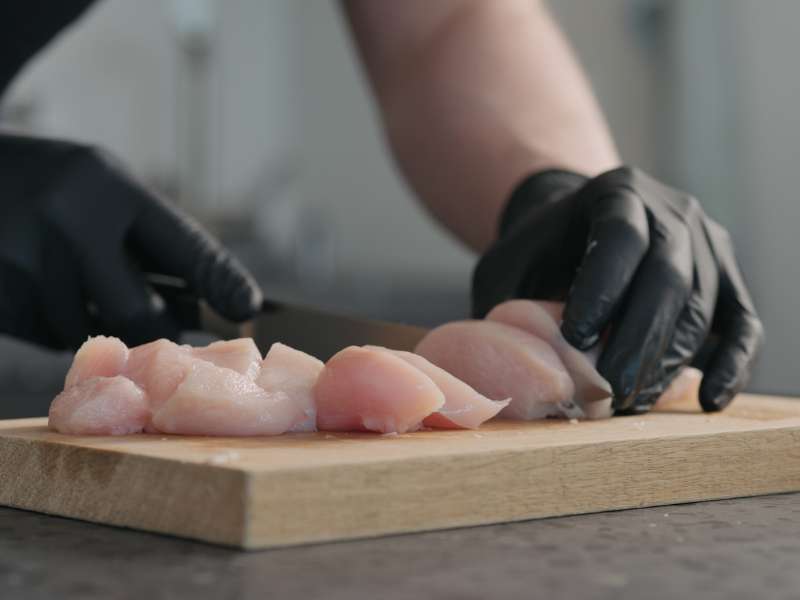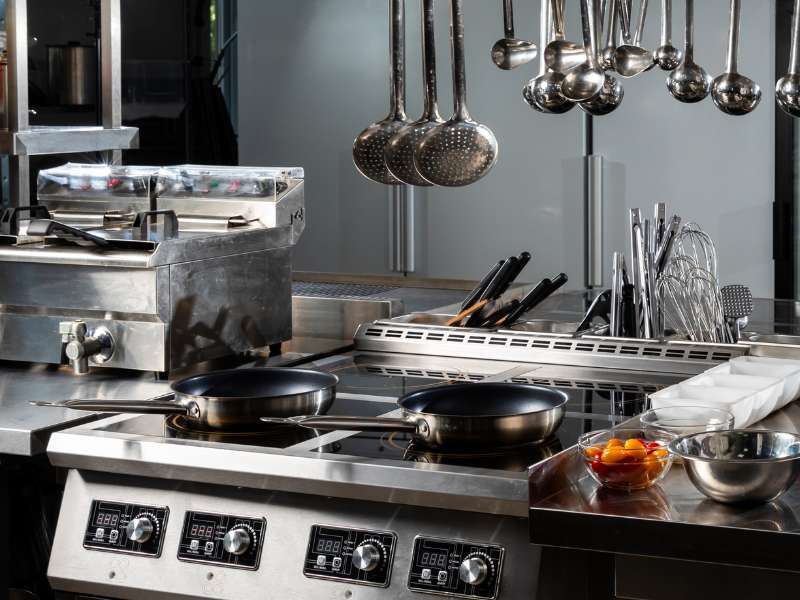Branding is one of those terms that gets thrown around a lot and is often misused, but building an easily-identifiable brand is essential to creating a business that consumers will seek out time after time.
Your brand encompasses each of the following aspects of your business:- Visual identity - logo, labels, packaging, color palette, website
- Food - the menu itself and the quality and visual appeal of menu items
- Language - specific verbiage that is written or said about your business
- Employees - their appearance, attitudes, and interaction with customers
- Community partnerships - who your friends are and how you support your community
- Social media and email presence - the tone and frequency of communication
A good brand tells a story in which you are the triumphant hero, solving a problem and saving the day for your guests. So, what kind of hero will you be? Take a minute and brainstorm around the following question: If your brand were a person, who would it be? Name as many attributes about this person as possible and think of examples of people (celebrities are great for this) who are similar to this brand persona.
Now that you’ve given some thought to the brand persona, ask yourself what core values and characteristics that persona represents: Are they funny or serious? Are they interested in the latest trends or old-fashioned values?
The answers to these questions can help you determine everything from an appropriate style guide (colors, fonts, and other attributes of your visual identity) to the verbiage you use to communicate with the public.
Visual Identity
Once you’ve isolated your brand persona and priorities, it’s time to work with a design team. The information you provide will help them create a logo and other visual pieces that represent your brand. You should always come out of the design process with a style guide that you can use to create consistently branded marketing pieces for years to come.
The branding experience should be conveyed through the look and feel of the interior of your restaurant as well. Consider materials that embody the attributes you identified. Are you country chic or modern industrial? Isolate the colors in your style guide for interior design, and don’t stray from this look even if a fixture might appeal to your personal aesthetics. Consistency is king!
 Food
Food
The type and price point of food on your menu conveys your brand experience to diners. If you are a casual Tex-Mex spot, it doesn’t make sense to offer baked manicotti, even if it’s outstanding. Make sure your complete menu, including drinks, reflects the brand story you’re trying to tell. Consider how a diner will interact with the menu—does it seem intuitive to sit down and order one or multiple courses, plus drinks? Does the perception of value match the ambiance and quality of your restaurant? Meaning, when a guest gets the check, does the final ticket cost seem reasonable given your style of establishment? If not, go back to the drawing board and create menu items with this in mind.
Language
Next comes your work with a copywriter. This is especially valuable in creating a meaningful, memorable tagline, which should fit your business like a glove. It can also be useful when creating verbiage on your website, menu, and marketing materials. It can be so difficult to describe and talk about your own business. A good copywriter should be able to take the information you provide and create a consistent brand voice that you can use to communicate with customers and train your staff to use as well.
Also, always enlist a copywriter or trusted writing expert to proofread your menu (and any other marketing materials, for that matter) before you invest in printing. Spelling and grammar mistakes aren’t part of anyone’s brand! This is especially relevant for intricate color menus, bound menus, and other items that will be pricey to reprint. Get as many eyes on the final draft as possible prior to printing to avoid making costly mistakes.
Employees
Another important aspect of the brand experience is in the look and demeanor of your staff. Requiring staff to wear uniforms or approved clothing (such as FOH staff wearing a specific type of shoe) can be an easy way to accomplish this. If that doesn’t work for your restaurant, put policies in place describing what is and is not acceptable in terms of staff appearance.
It’s also useful to create a script that can guide FOH staff through the ordering process and can communicate, in your language, what you want each table to hear about your restaurant and menu experience. Keep it short and straightforward to lessen server time per table, but make sure you are getting the message across to your guests.
Community Partnerships
Who you choose to align yourself with in business speaks to your brand. Do your due diligence when choosing breweries, wineries, distilleries, and other food producers to make sure your missions are aligned or, at the very least, not in conflict with one another. If you choose to support a community cause or nonprofit, it should be one that makes sense for your business, whether there’s a personal connection or a broader tie-in.
Social Media
With so many guests using social media as a way to get a first look at a restaurant, it’s more important than ever that your brand story conveys to all the platforms on which you communicate with the public; Facebook, Twitter, Instagram, and more. This is another place where knowing your brand language and voice play a huge role, along with the overall aesthetic of your brand.
As you create your social media program, consider the tone you’ll use. Is it cheeky and playful or straightforward and informative? Find brands you like on social media and take a minute to identify what it is you enjoy about the way that business communicates. Ask yourself if that style of communication would work for your business. Make sure your color palette and style guide are represented in your social media posts. If your designer took the time to identify appropriate brand colors and fonts, use them consistently whether you’re creating a printed marketing piece or an Instagram post.
Remember: Consistency is King!
When it comes to telling your brand story, consider the total customer experience, from researching your restaurant online, to visiting the restaurant, to receiving deliveries at home. Each step of the way, ask yourself: does every part of the process speak to your brand? Most importantly: Be consistent. This is where the biggest brands excel and, in doing so, they create a memorable, easily identifiable brand experiences every time.



